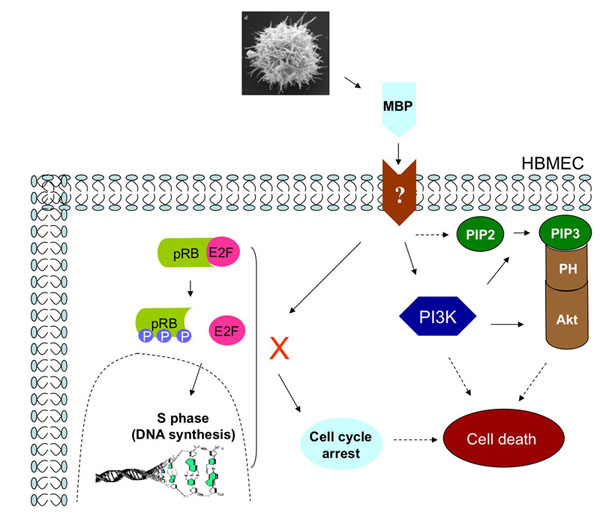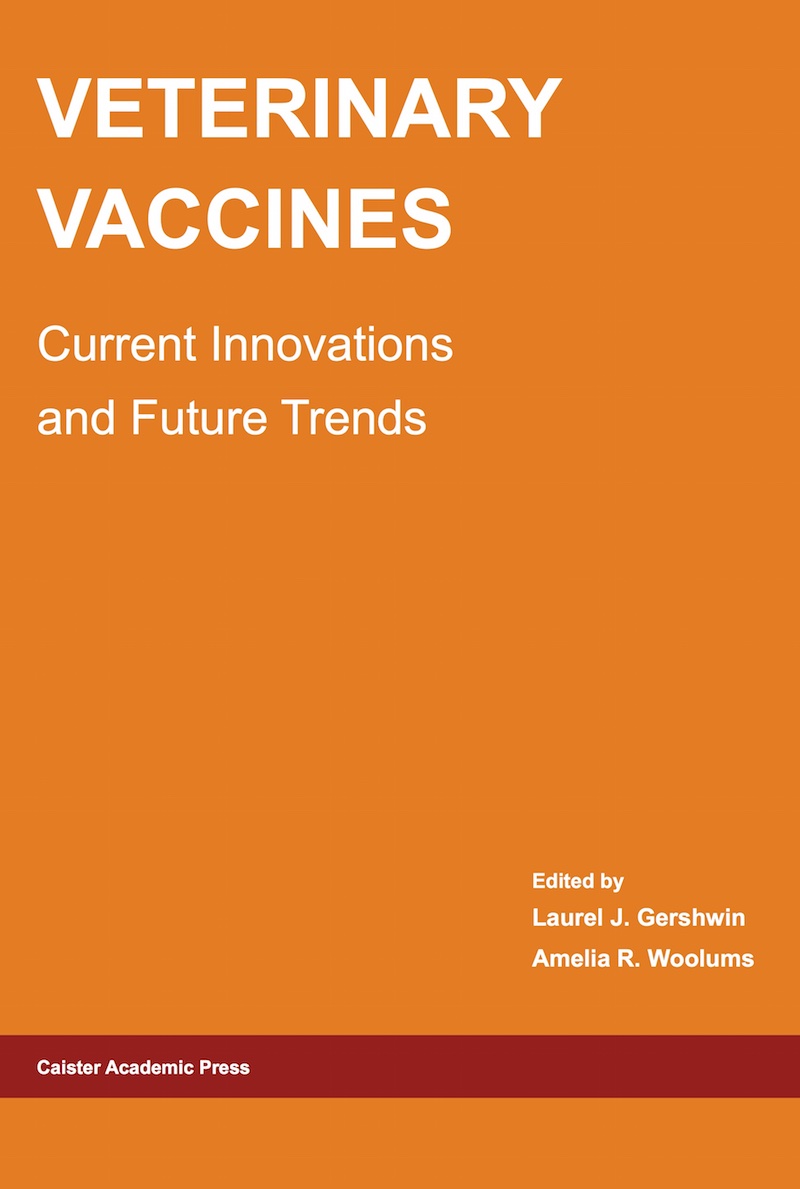Acanthamoeba: Biology and Pathogenesis
|
Author: Naveed Khan Published: 2009 ISBN: 978-1-904455-43-1 Everything that is known about Acanthamoeba is critically reviewed and divided into easy-to-follow sections. The current state of research on genomics, molecular and cellular biology, life cycles, geographical distribution, role in ecosystem, morphology, motility, phylogenetics, genotyping, metabolism, regulation of morphogenesis, host-parasite interactions, the molecular and immunological basis of pathogenesis, methods of transmission, epidemiology, clinical manifestation, diagnosis, treatment, new target development and drug resistance, and much more. read more ... |
Figure from: Acanthamoeba Biology and Pathogenesis
Full details of this book at Acanthamoeba. More figures at Acanthamoeba Figures.

Section D. Figure 12. Host intracellular signaling in response to Acanthamoeba. Note that Acanthamoeba induces cell cycle arrest in the host cells by i) altering expression of genes as well as by ii) modulating protein retinoblastoma (pRb) phosphorylations. In addition, Acanthamoeba have also been shown to induce host cell death via phosphatidylinositol 3-kinase (PI3K). By secreting proteases, amoebae disrupt tight junctions by targeting zonula-1 and occludin proteins. MBP is mannose-binding protein; E2F is a transcription factor that controls cell proliferation through regulating the expression of essential genes required for cell cycle progression; PIP2 is phosphatidylinositol-4,5-bisphosphate; PIP3 is phosphatidylinositol-3,4,5-trisphosphate; Akt (protein kinase B)-PH domain, a serine/threonine kinase is a critical enzyme in signal transduction pathways involved in cell proliferation, apoptosis, angiogenesis, and diabetes.
Further reading at Acanthamoeba. More figures at Acanthamoeba Figures.



